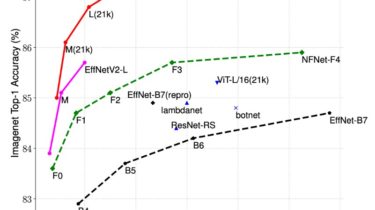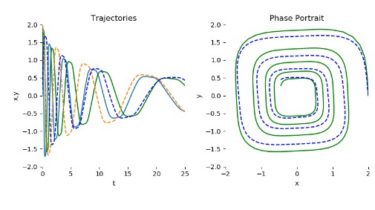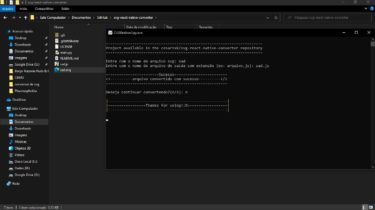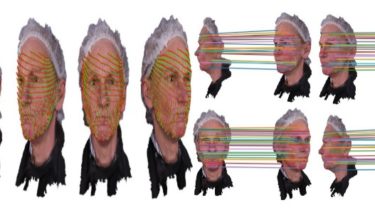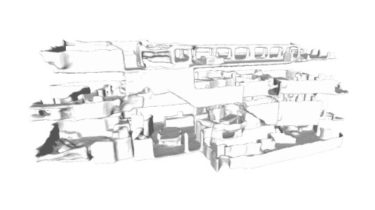A PyTorch implementation of EfficientNet and EfficientNetV2
EfficientNet PyTorch A PyTorch implementation of EfficientNet and EfficientNetV2 (coming soon!) Quickstart Install with pip install efficientnet_pytorch and load a pretrained EfficientNet with: from efficientnet_pytorch import EfficientNet model = EfficientNet.from_pretrained(‘efficientnet-b0’) Updates Update (April 2, 2021) The EfficientNetV2 paper has been released! I am working on implementing it as you read this 🙂 About EfficientNetV2: EfficientNetV2 is a new family of convolutional networks that have faster training speed and better parameter efficiency than previous models. To develop this family of models, […]
Read more